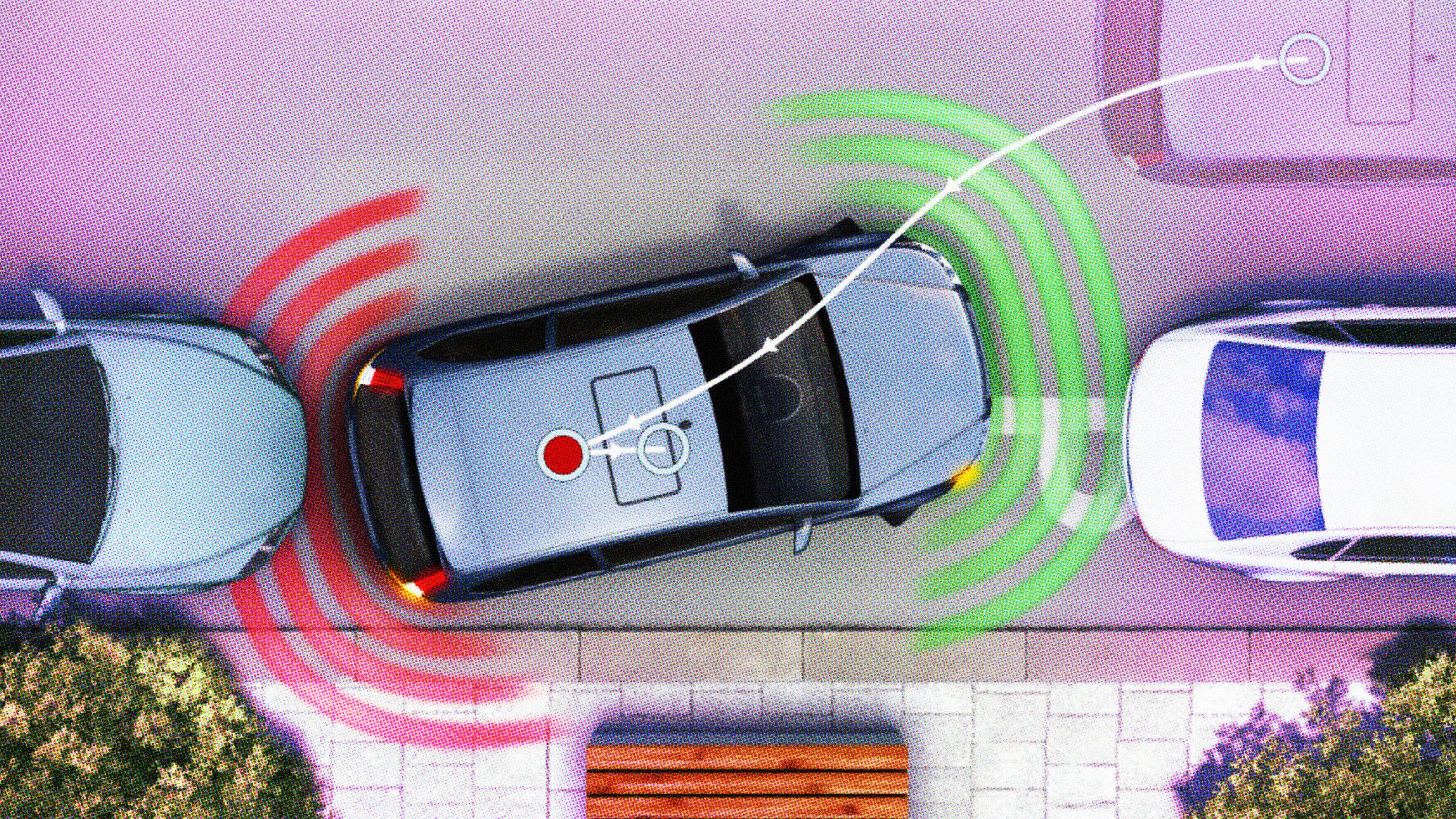The Longer You Live, the Worse You Drive

Research on life extension is all about aging and death within a human body. Perhaps it should expand to encompass the effects of being run over by a car: According to this study, elderly drivers are half as likely to notice hazards and pedestrians as are younger drivers. So if we ever attain a world where the average lifespan has been kicked up to 150, people will have to be very, very careful crossing the street. Or we’ll have to turn driving over to Google for reals.
In the journal Accident Analysis and Prevention, Tal Oron-Gilad and colleagues at Ben-Gurion University of the Negev report how they used videos of real traffic to test volunteers in two ways. First, the people “drove” in a simulator through the video, and, second, they simply watched the video and pushed a button whenever they noticed a hazard. One group consisted of people older than 65; the other were experienced drivers older than 28 but not yet elderly.
Drivers over 65 took longer to respond to what they noticed, the study found. More importantly, they easily perceived only half of the hazards that drivers under 65 noticed.
In the simulator, the older drivers braked for pedestrians only half as often as non-elderly. Perhaps in compensation (and true to stereotype), the elderly group drove 20 percent more slowly than younger drivers in the same conditions. As the elderly are a fast-growing segment of the population, Oron-Gilad et al. write, it makes sense to start planning for signs and markers to help them notice driving hazards. At least until the self-driving car becomes standard.
Bromberg, S., Oron-Gilad, T., Ronen, A., Borowsky, A., & Parmet, Y. (2011). The perception of pedestrians from the perspective of elderly experienced and experienced drivers Accident Analysis & Prevention DOI: 10.1016/j.aap.2010.12.028




